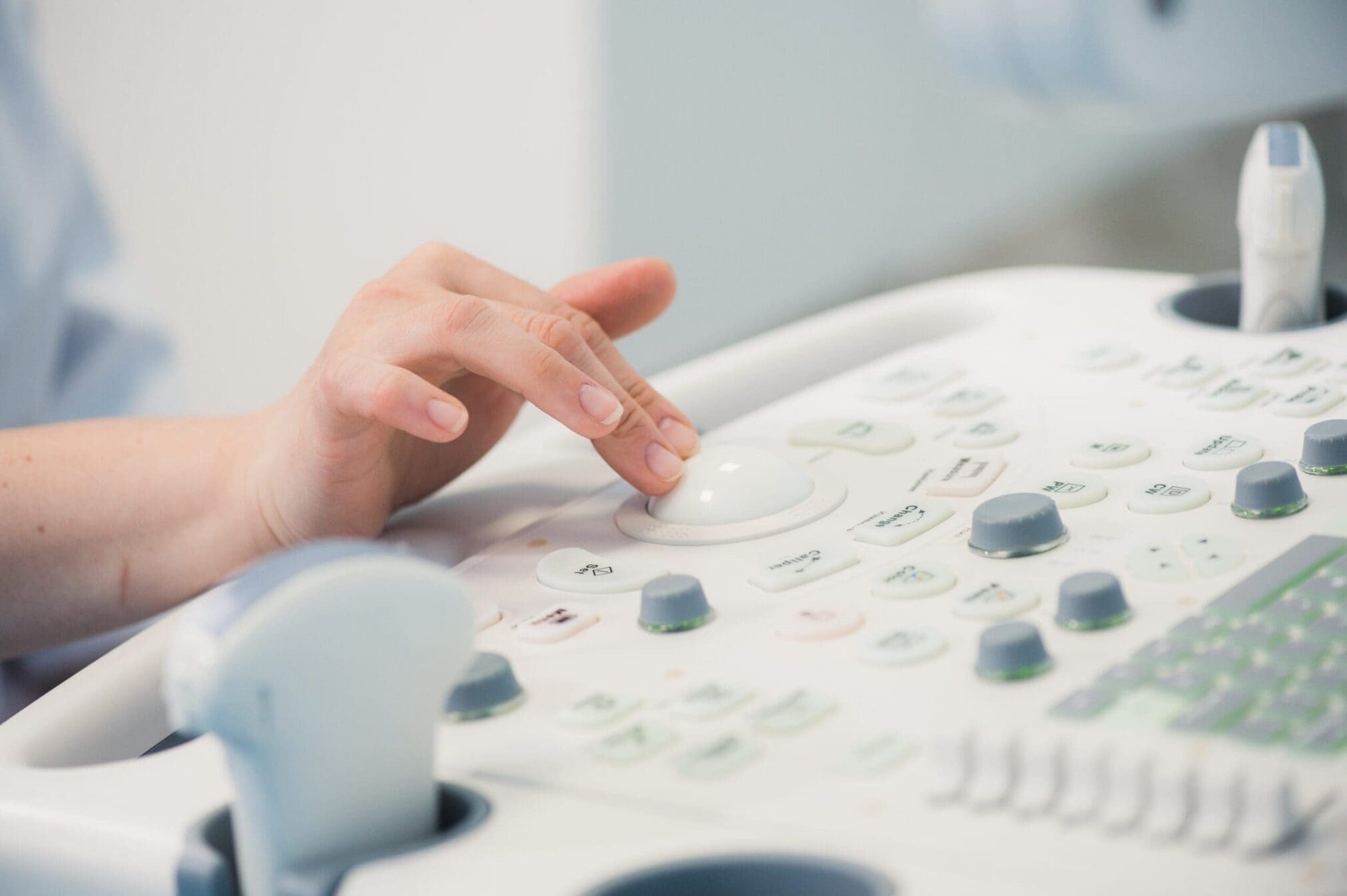A new version of the “Manual on borderline and classification in the community regulatory framework for medical devices” has been published by the European Commission on the 22th May 2019.
This manual serves as a tool to manage borderline cases, described as the situations where it is not clear whether a product is considered a medical device, IVD, active implantable medical device or not; as well as cases where a product falls under the definition of a medical device but it is excluded from the scope of the Directives. It also provides some clarity on the classification of medical devices, where there is a difficulty in the application of the classification rules. The views expressed in the manual are not legally binding, however it holds opinions and interpretations of the national Competent Authorities.
This new version was announced at the beginning of 2019, and it is only one of the multiple revisions that have been published during the last years. Therefore, this 22nd version of the Manual includes all the cases listed in the previous version, and includes only three new scenarios:
7.6. Automated external defibrillator storage units
The manual explains that automated external defibrillators (AEDs) storage units should be classified as accessories to a medical device only if they are intended to maintain the specified environmental conditions required for an AED to perform as intended. If they use a power supply to achieve its intended use, they should be class I under Rule 12 – in other cases, class I under rule 1.
8.32. Lubricants intended for alleviation of vaginal dryness
They are classified as invasive devices intended for short term use (more than 60 min, no more than 30 days), so they should be classified as class IIa according to Rule 5.
In case the manufacturer proves that the lubricant does not remain in the human body more than 60 min, it may be considered as intended for transient use and should be classified as class I by Rule 5.
9.12. Medication decision support software
They are described as devices intended to be used by healthcare professionals for identifying possible contraindications, avoiding possible medicinal product interactions, highlighting adverse reactions, adjusting the dosage, etc. Therefore, as its intended use is the prevention, monitoring, treatment or alleviation of a disease, it should be qualified as a medical device.
María Nagore Corell
RA/QA Department
July 12, 2019
Need more information? Contact us!


